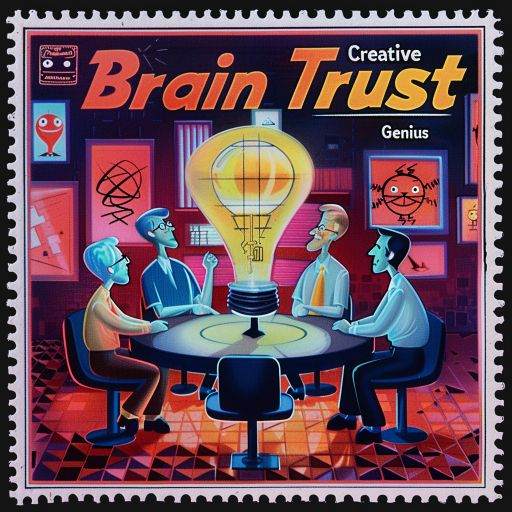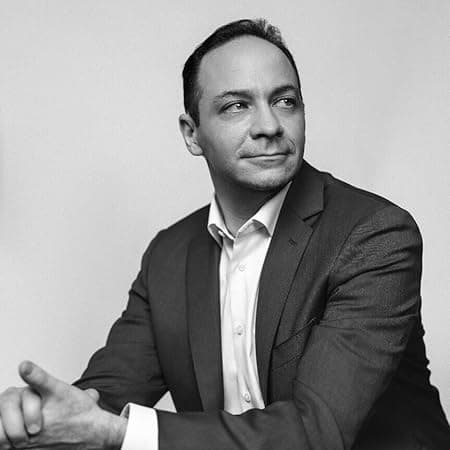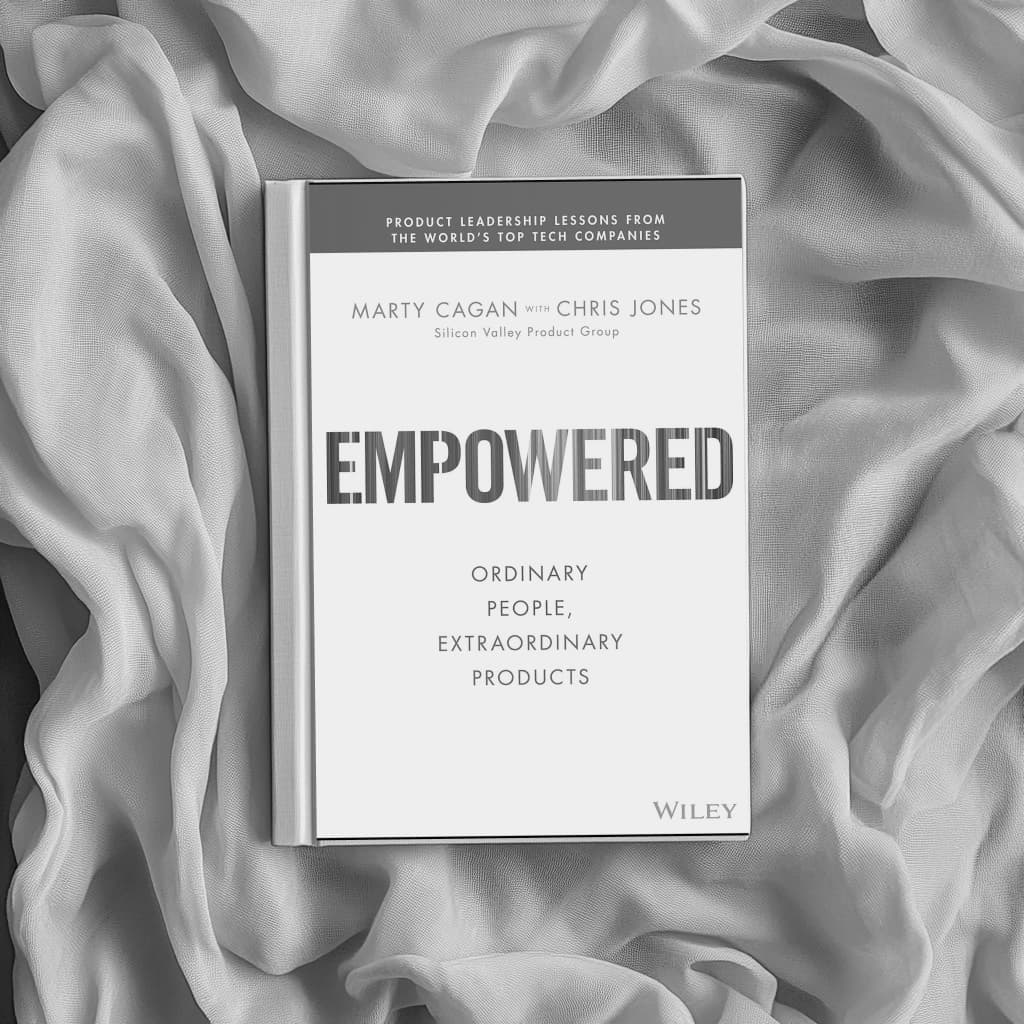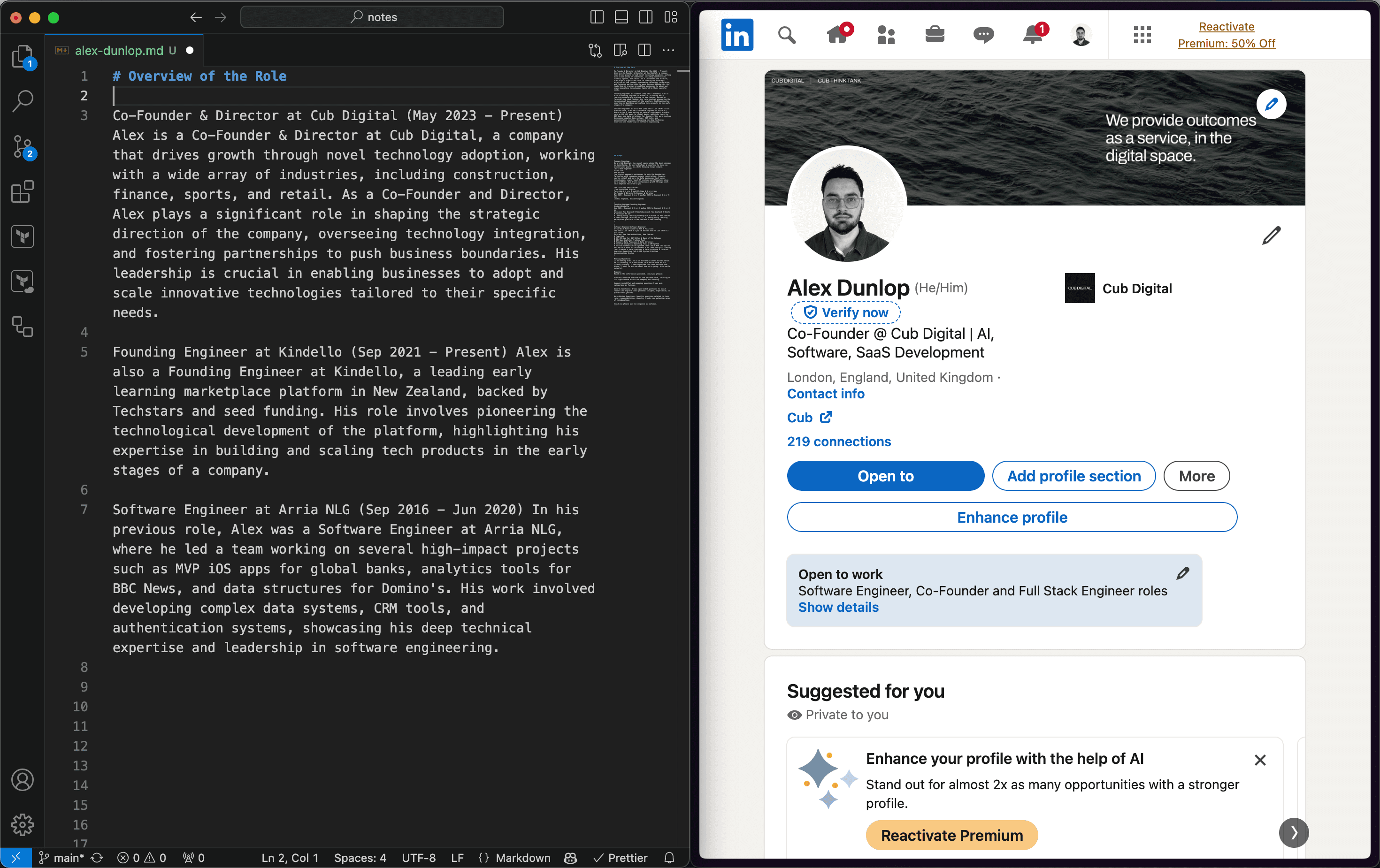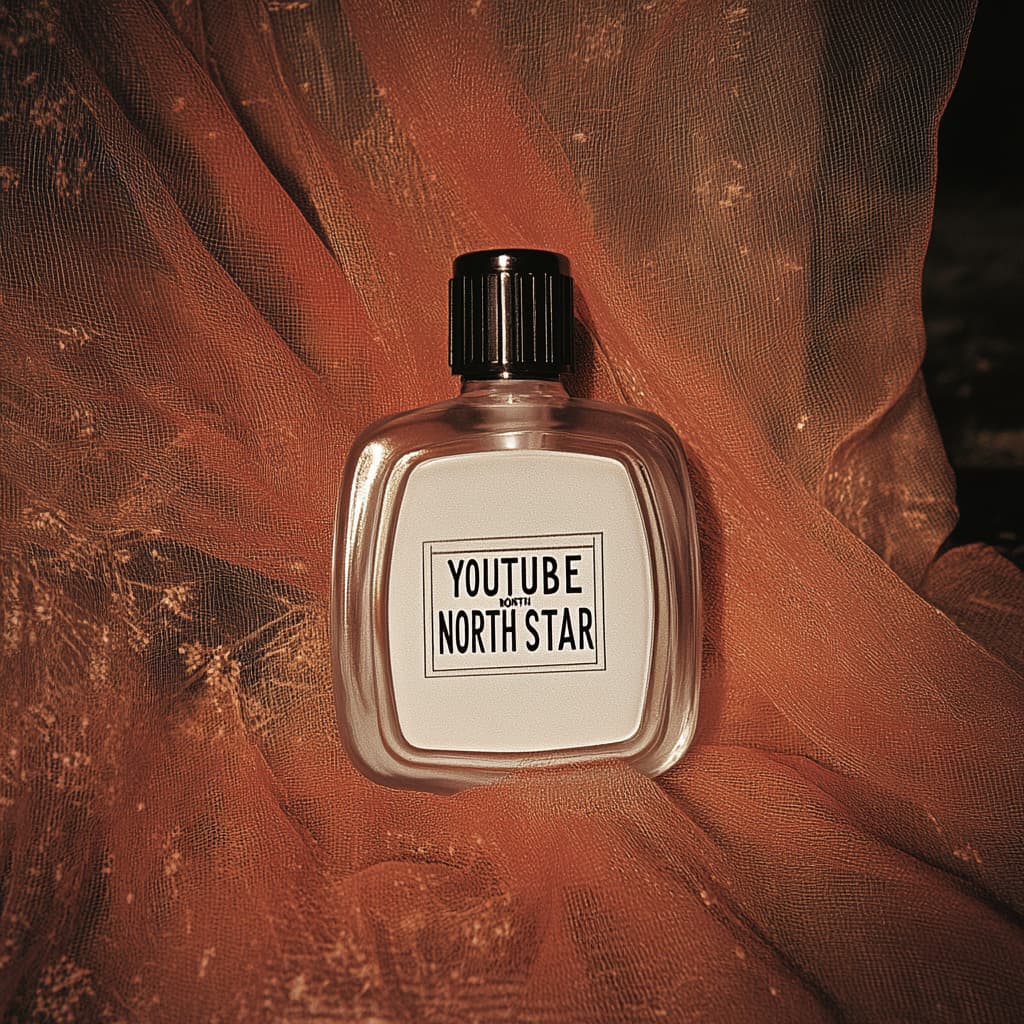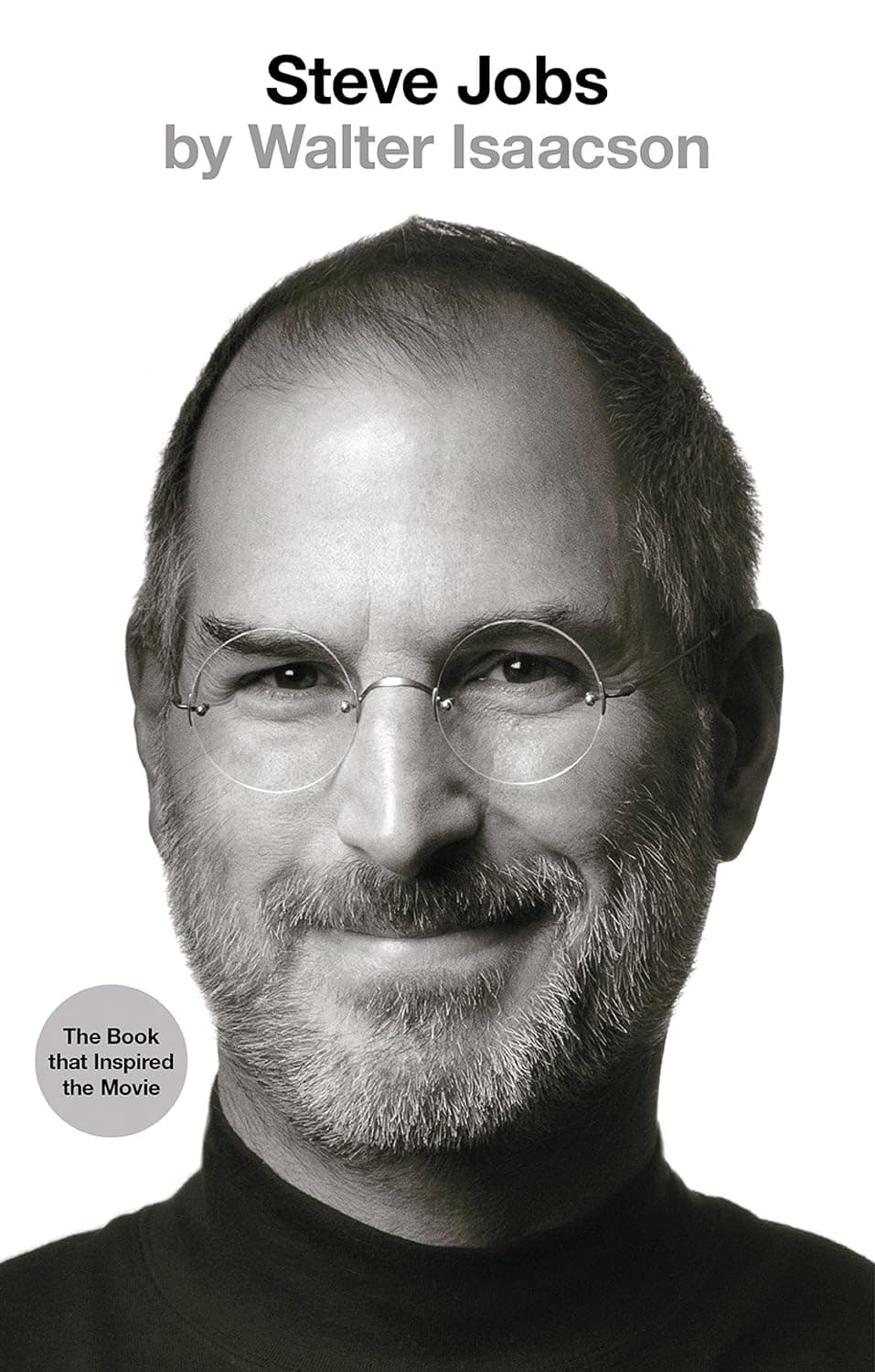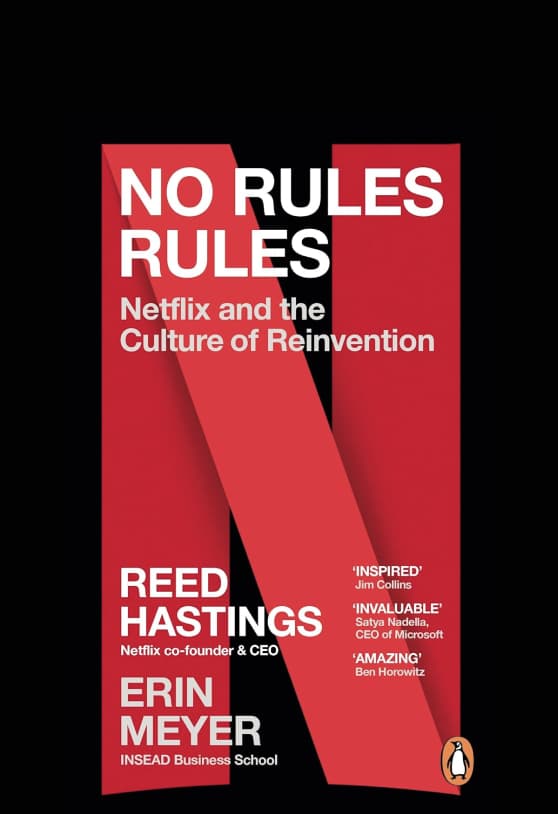Inside the Braintrust of Pixar
GET THE #1 EMAIL FOR EXECUTIVES
Subscribe to get the weekly email newsletter loved by 1000+ executives. It's FREE!
Part 1 - Braintrust Definition
The Brain Trust is a unique collaborative approach developed initially at Pixar. It began accidentally when John, the director, worked with a small, focused, funny, driven, and passionate group of four people. This group engaged in intense, yet non-personal discussions about their films. Their collaborative process was so successful that it continued through three films and expanded as new members joined. This group eventually became known as the Brain Trust.
In a recent post we did on cornered resources the Braintrust is used throughout the book as the primary example of the benefit that comes from having a group of people who can provide feedback on a project and ultimately to the business itself.
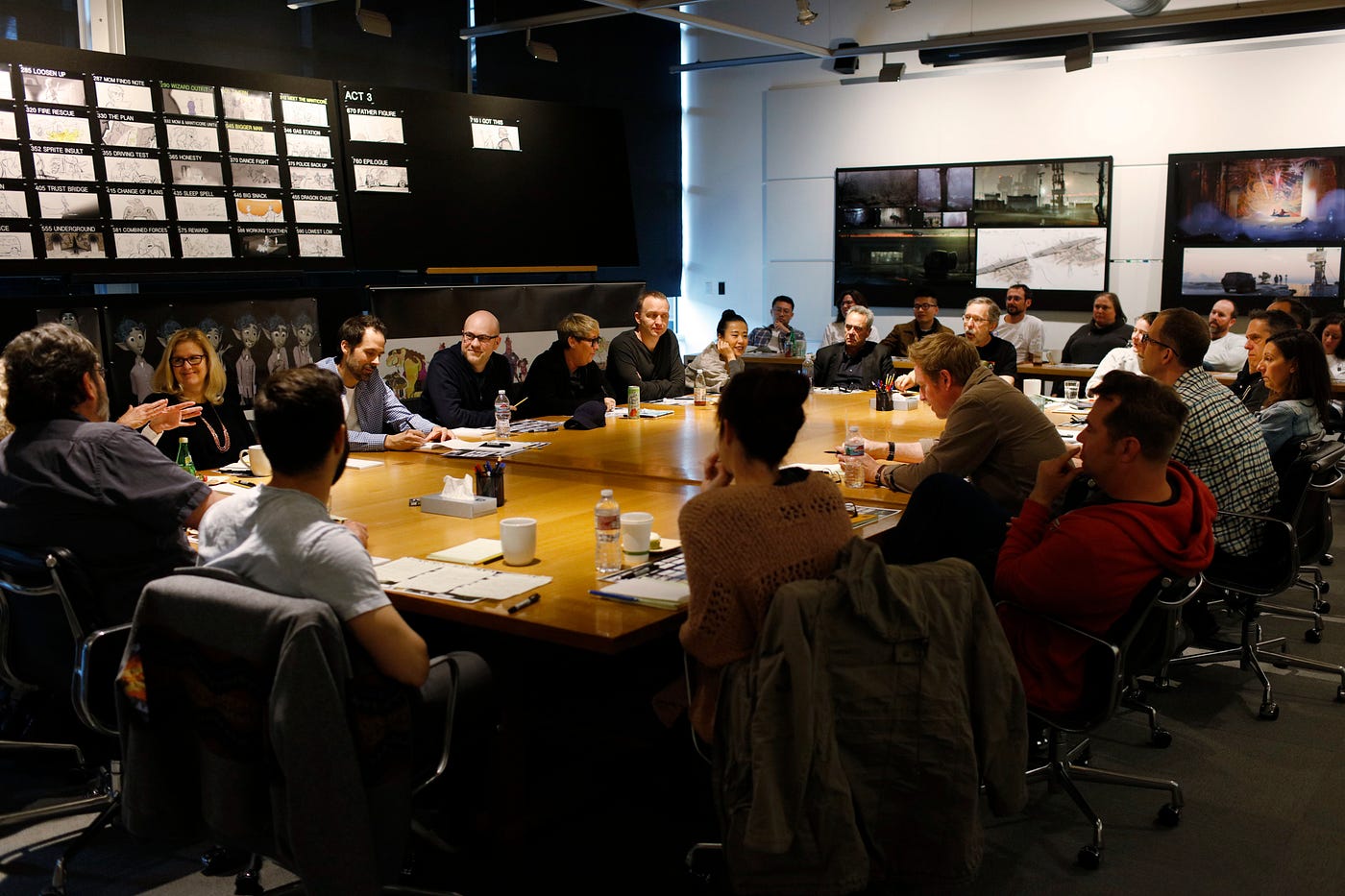
Part 2 - Empowering Directors Through Non-Hierarchical Feedback
For many people, a Brain Trust means getting smart people together in a room to discuss things. That’s not what I mean. One of the things we realised was that the Brain Trust had no authority. They could not tell the director what to do. So, when somebody else was directing and now John was a member of the Brain Trust, he couldn't dictate to the director, and neither could I or Steve. This meant the director, the person responsible, did not come into the room defensively, fearing that this group could overrule him.
Key Takeaways from the Braintrust Approach:
The interesting thing about the Brain Trust is that it is not a decision-making body. It is a group of people who provide feedback and insights to help the director make the best possible film. Ed in the video talks about how a lot of executives say, "oh that's an amazing idea but it will never work at my company". In saying that, there are some key principles that can be applied to any company to help foster a culture of feedback and collaboration.
-
Define Roles Clearly:
- Establish that the group's purpose is advisory without decision-making authority.
- Ensure everyone understands their role is to provide feedback and insights, not directives.
-
Foster a Safe and Transparent Environment:
- Create a culture where all members feel safe to express their honest opinions without fear of repercussions.
- Encourage respectful and constructive criticism.
- Document key points from discussions and share them with relevant stakeholders.

Part 3 - How Ed Facilitated the Braintrust
As managers, our view was not to examine the idea at the time but to sit back and examine the room's dynamics. If the dynamics are working, they will solve the problem. Instead of getting caught up in the problem, I wanted to see if everyone was saying what they thought.

Part 4 - The Braintrust at Disney Animation
Eight years ago, Disney bought Pixar. They asked John and me to run Disney Animation. We decided to keep the two studios completely separate. They are not allowed to do any production work for each other. Disney Animation was failing, demoralised, and poorly led. They had produced great films in the 1990s, like "The Little Mermaid," "Aladdin," "Beauty and the Beast," and "The Lion King." Then it went downhill. Process people took over, focusing on lowering costs and running everything smoothly, resulting in bad film after bad film.
We saw this as an opportunity to apply our principles to a completely different group of people. We worked with them and taught the principles. It took a while because these concepts depend on trust, which takes time to earn. Trust often means going through screw-ups, failures, and mess-ups together and still being there for each other. When you’re there for each other, you build trust and can begin to apply the principles.

Since then, Disney Animation has made six films, all critical successes. We dramatically altered everything, from top to bottom, in their thinking, principles, and philosophy. Their first big commercial success was "Tangled," their biggest film since "The Lion King." "Wreck-It Ralph" was also a big success, and "Frozen" became the highest-grossing animated film in history.
The key thing is that it’s largely the same people who were there when they were failing. The same people learned to be honest and candid with each other and figured out how to approach problems and failures. They became a different group of people together, which was amazing and gratifying. By keeping the studios separate, neither could claim the other rescued them. They evolved into having very different personalities, with the Brain Trust at Pixar and a different mindset at Disney Animation. Both are extraordinary and the best groups I know, yet they are very different from each other.
Part 5 - Conclusion
The Brain Trust is a powerful tool for fostering collaboration and feedback in any organisation. By creating a safe and transparent environment where members can provide honest feedback and insights, you can help your team make better decisions and achieve better results. The key is to define roles clearly, foster a culture of trust and respect, and facilitate open and honest discussions. By following these principles, you can create a culture of collaboration and innovation that will help your team succeed.
Find more about the Braintrust in Ed Catmull's book Creativity, Inc.
Postage Stamp
